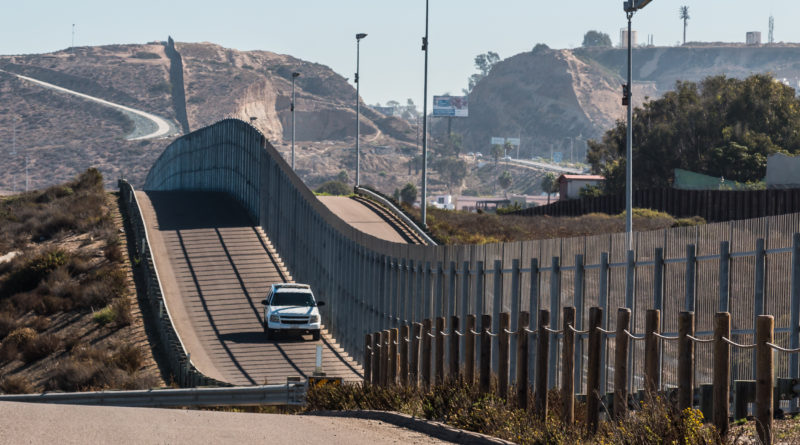Here’s What Will Happen If The U.S.-Mexico Border Closes
9,275 total views, 2 views today
Last week, President Donald J. Trump threatened to entirely close the border between the U.S. and Mexico. Trump’s time in office has been marked with rhetoric against migrants crossing the border, and in a tweet last week, he offered a massive ultimatum. If Mexico didn’t take action to halt all illegal immigration from Mexico into the U.S., Trump said, he would entirely close the border — or at least large portions of it — this week.
Although the border currently remains open, the Trump administration is still debating what kind of drastic actions it can take. In recent days, the White House has shifted the blame for immigration issues from the Mexican government to the U.S. government. Specifically, the Trump administration is faulting Congress for passing and maintaining immigration laws that are, in its views, too lenient. At the same time, White House staffers are doing everything they can to prevent a border closure.
Even a partial closure of the border between the U.S. and Mexico could prove incredibly damaging to the U.S. economy. According to a Business Insider report, in 2017, most American states exported hundreds of millions — and, in some cases, billions — of dollars of goods to Mexico. This same report shows that most states also imported just as much, if not more, value in goods from Mexico. Closing the U.S.-Mexico border would halt this flow of goods, thereby brutally impacting the U.S. economy.
Parts of everyday life that Americans take for granted could disappear in the event of a border closure. Mexico is America’s main supplier of avocados, which have become one of America’s most popular grocery purchases. If the U.S.-Mexico border were to close, America could run out of avocados in just three weeks. Importers are already noting changes: on April 2nd, Hass avocado prices surged 34 percent in just one day, the largest single-day change in the past decade.
Other fruits might not disappear in the wake of a border closure, but their prices might increase. Among the produce section staples that could experience a massive jump in price include mangoes, tomatoes, grapes, and strawberries. Consumers wouldn’t be the only people affected by these prices changes — manufacturers would struggle to maintain their profits as well.
The U.S. auto industry would crumble under a border closure, too. Every day, both Mexico and the U.S. send $1.7 billion in auto-related goods and services across the border. Auto experts have been outspoken about the vital role that Mexican auto parts play in American auto manufacturing, and these parts won’t be able to reach the U.S. during a border closure.
Even outside the auto and food industries, the U.S. economy would stand to take drastic hits during a border closure. Half a million people legally cross the border every day for work, school, shopping, and tourism — all industry sectors vital to American GDP.
Today, President Trump will personally visit the U.S.-Mexico border. His visit comes shortly after his toning down of last week’s initial border closure threats.

